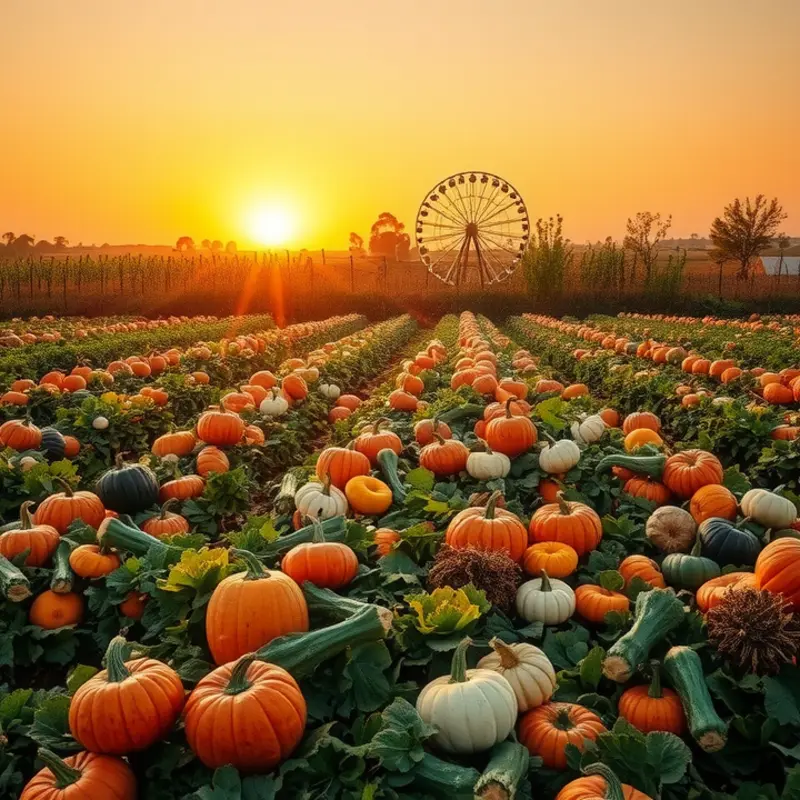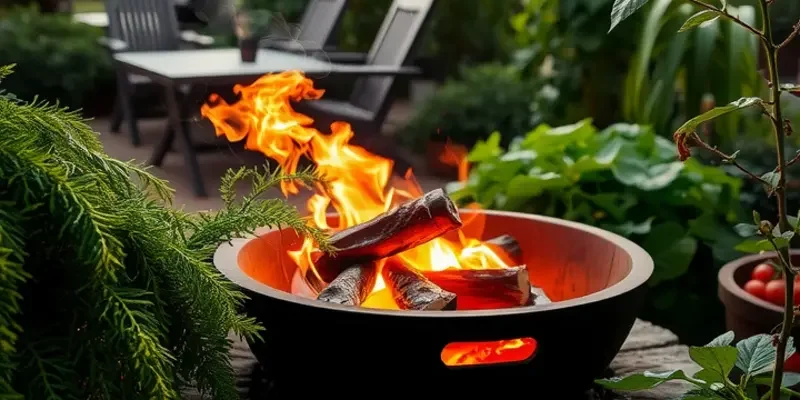Across the globe, food is more than mere sustenance; it is a tapestry of history, culture, and belief. Ancient food rituals have long shaped the way we enjoy our meals, influencing everything from preparation to presentation. Today, food enthusiasts and culturally-curious readers can embrace these traditions by incorporating them into their modern kitchens. Discover how ancient practices can enhance your culinary experiences and bring a piece of global culture into your home.
Sacred Flame: The Rituals of Cooking with Fire

Cooking with fire is a tapestry woven with threads of cultural significance, encompassing tradition and spirituality. In Morocco, the art of grilling holds a venerable place, often associated with communal gatherings. Lamb and chicken, marinated with a fragrant blend of cumin, coriander, and saffron, are grilled over open flames. This method harks back to nomadic Berber practices, where food shared over fire signified peace and friendships. It is believed that the flames purify and enhance the flavors, infusing the soul of the earth into each meal.
In the American South, barbecue is both a culinary and cultural ritual. Slow-cooking meat over smoldering hickory or oak represents a celebration of history and heritage. Families pass down recipes through generations, often gathering for “smokeouts.” These events emphasize patience and community. The choice of wood and the watchful tending of the flames are as significant as the seasoning. Each element contributes to a soulful experience, resonating with echoes of ancestral stories.
India’s tandoor tradition is a fiery confluence of history and flavor. Originating in the Indus Valley, it’s not merely about cooking but about invoking harmony and balance. The tandoor’s design—clay oven standing above the ground—symbolizes the unity of earth and fire. As naan, tandoori chicken, and kebabs sizzle inside, the kitchen becomes an aroma-rich sanctuary. Cooking in a tandoor is often linked to the idea of Agni, a deity that embodies the sacred fire. Each meal is an offering, a communion between the earthly and divine, inviting prosperity and nourishment.
As we explore these ancient traditions, the spiritual significance is unmistakable. Fire symbolizes transformation and renewal across cultures. To bring these age-old practices into present-day kitchens, one needn’t possess a tandoor or a backyard grill. Instead, adopt their principles: appreciate the time and care that slow cooking demands and savor the process as much as the feast.
Incorporating these traditions in modern kitchens can be as simple as creating a mindful cooking space. Investigate diverse seasoning blends or embrace grilling techniques using cast iron pans, which can mimic the high heat of traditional methods. For those interested in reducing kitchen waste while cooking with fire, consider exploring ideas like eco-smart kitchen storage for supporting sustainability in your culinary endeavors (Eco-smart kitchen storage).
Fire cooking is more than a technique; it is a celebration of life and legacy. By honoring the rituals of fire, modern enthusiasts can experience a profound connection to those who’ve trod the culinary path before us, merging the past with the present in every fiery bite.
Harvest Rituals: Celebrating Seasonal Ingredients

Throughout history, the rhythm of the seasons has significantly shaped culinary traditions. Ancient cultures crafted food rituals that synchronized with these natural cycles, establishing deep ties between the earth’s bounty and community celebrations. These practices offer modern kitchens a blueprint for embracing seasonality, providing opportunities to align with age-old wisdom in serving fresh, flavorful dishes.
In China, the Mooncake Festival—also known as the Mid-Autumn Festival—embodies such a tradition. Celebrating the harvest moon, this festival features mooncakes, confections symbolizing unity and completeness. Families gather to share these delicacies while giving thanks for the autumn harvest. This ritual extends beyond mere eating to encompass a broader sense of gratitude and kinship. Contemporary cooks can incorporate a spirit of gratitude by exploring and honoring local, seasonal produce in their own culinary spaces.
Mexico offers another vibrant tradition with the Día de los Muertos, or Day of the Dead. This celebration honors deceased loved ones with offerings of their favorite foods, including fresh seasonal fruits, intricately decorated sugar skulls, and pan de muerto—a special bread. By acknowledging the cycle of life and death, these offerings reconnect participants with nature’s cycles. Home cooks today can take inspiration from such celebrations to create meals that respect both heritage and the environment, promoting mindfulness in ingredient choices. For ideas on using fresh herbs and spices that support a holistic diet, consider this article on functional herbs for mood stability.
In various cultures, the Harvest Moon Festival signifies the return of bountiful harvests. For example, the Korean-Chuseok involves sharing a feast with songs and games. Foods such as songpyeon, a type of rice cake, play central roles, symbolizing prosperity and gratitude. These festivities allow communities to appreciate nature’s abundance, reinforcing bonds through shared meals. In modern kitchens, seasonal shifts can be celebrated by crafting dishes that harness the freshest ingredients, ensuring each meal remains a testament to nature’s variety and generosity.
Connecting food with seasons fosters a profound respect for the environment and enhances culinary practices. By sourcing local ingredients, cooks support sustainable agriculture while experiencing produce at its peak flavor. This approach not only elevates taste but also aligns with eco-friendly cooking practices, reducing the carbon footprint associated with long-distance transport. Modern kitchens thus become venues for continuing ancient traditions, where respect for the land manifests through mindful eating and cooking.
Embracing harvest rituals in today’s fast-paced era can enrich our culinary routines. By honoring these cultural practices, we connect with the earth and celebrate community, ensuring that each meal offers a new appreciation for the cycles that sustain life. Transforming seasonal ingredients into cherished dishes allows us to time-travel through taste, melding ancient reverence with contemporary abundance.
Final words
Incorporating ancient food rituals into modern kitchens can transform the way we experience food, enriching our palates and deepening our connections to history and culture. These time-honored practices bridge generations, inviting us to appreciate every meal as more than just nourishment. Embracing these traditions encourages a mindful approach to cooking, inspires creativity, and cultivates a community spirit around the table. As you explore these ancient rituals, allow them to guide your culinary journey, celebrating ingredients, flavors, and the shared love of food.








